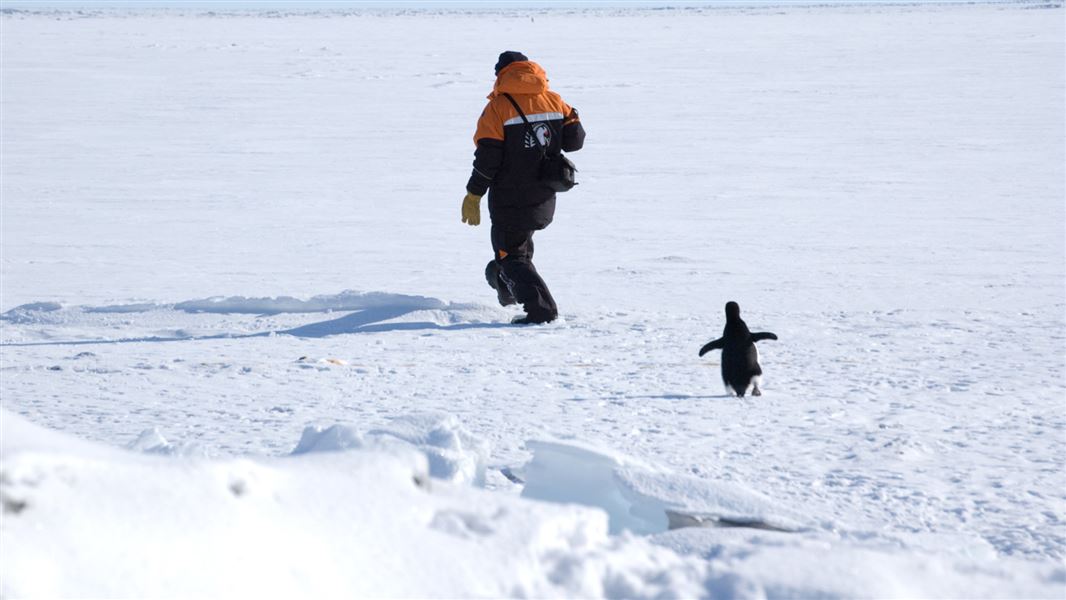For tide, boundaries and other information you can download the MarineMate app.
The Ross Sea is one of the least disturbed marine environments in the world. Unlike most of the world’s oceans, the Ross Sea has remained relatively free from human impacts, and because it is so productive, it is home to an incredible array of animals.
The Ross Sea also provides foraging areas for a wide range of New Zealand seabirds. This region is important to New Zealand due to the connectivity of species between New Zealand and the Ross Sea, the proximity of the Ross Sea to New Zealand and the influence of the Southern Ocean on our climate.
History
The Ross Sea region MPA was established on 1 December 2017 after years of international collaborative effort and negotiation. Jointly led by New Zealand and the United States, the MPA required the agreement of all 25 members of the Commission for the Conservation of Antarctic Marine Living Resources (CCAMLR). The agreement seeks to balance marine protection, sustainable fishing and science interests.
Research
The MPA protects rare and vulnerable benthic species (living near or on the bottom of the sea), representative habitats and areas of importance for ecosystem integrity. The MPA is also designed to support scientific research. A research and monitoring plan has been developed to guide research relating to the MPA.
Scientific research is based around the MPA objectives, including:
- threat mitigation – to protect the region’s ecosystems from threats
- representativeness – to protect an adequate proportion of the marine environments in the region
- scientific reference – the MPA encompasses areas with little or no fishing so we can understand how intact marine ecosystems work.
The MPA has three zones, each with different restrictions.
- General protection zone – this zone covers 1.12 million km² or 72% of the MPA and no commercial fishing is allowed.
- Special research zone – this zone allows limited fishing for krill and toothfish.
- Krill research zone – this zone allows controlled research fishing for krill, in accordance with the objectives of the MPA.
